Hypocalcemia (Clinical)

Calcium Homeostasis Calcium Calcium is the most abundant mineral in the human body; 99% is found in bone. Calcium in the blood exists in 3 forms: Levels: Importance of calcium: Calcium regulation Bone, intestine, and kidneys are involved in homeostasis. Key elements of calcium regulation: Etiology Associated with ↑ PTH:[12,13,16,18] Hypoparathyroidism (↓ PTH):[12,13,16,18] Drug-induced:[12,13,16,18] Others:[12,13,16–18] […]
Diabetes Insipidus (Clinical)
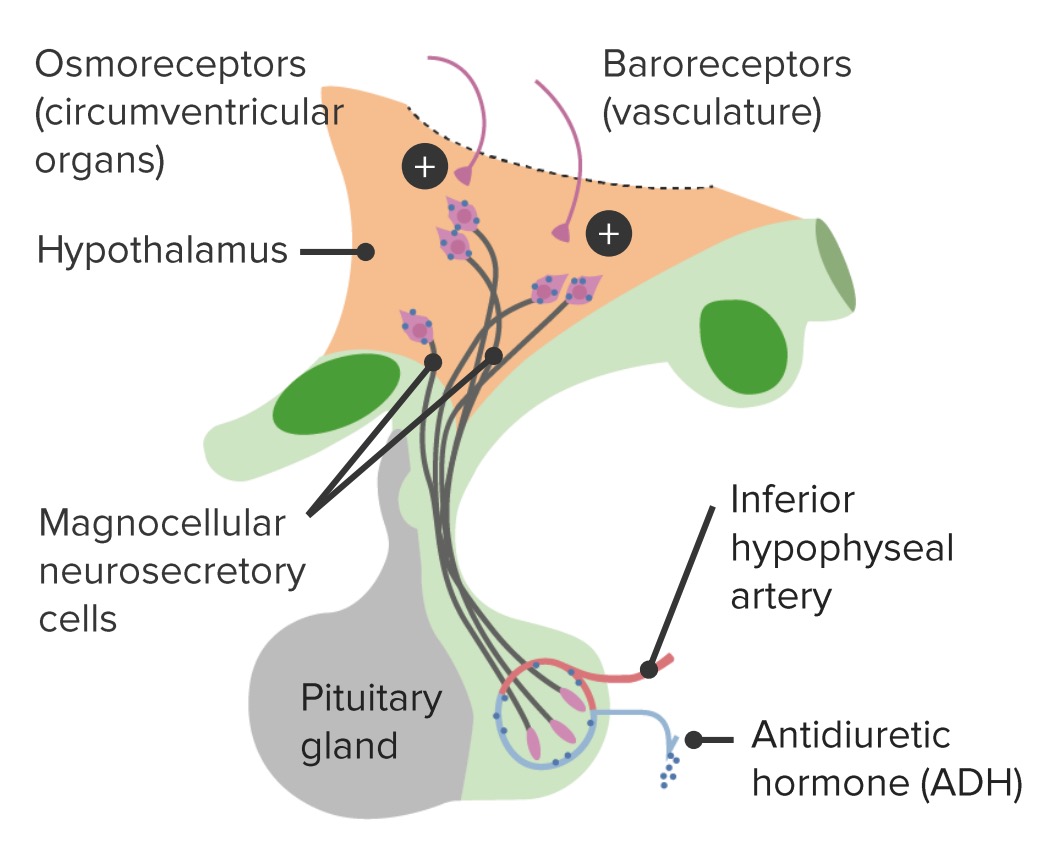
Epidemiology Pathophysiology A position statement published in the January 2023 issue of the Journal of Clinical Endocrinology & Metabolism suggested renaming “diabetes insipidus.” The proposal is to rename CDI to “arginine vasopressin deficiency” and NDI to “arginine vasopressin resistance.”[1] Role of antidiuretic hormone (ADH)[5,18] Antidiuretic hormone is also called arginine vasopressin (AVP). Function: Antidiuretic hormone […]
Wilson Disease (Clinical)
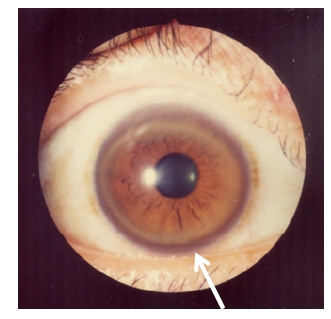
Epidemiology and Pathophysiology Epidemiology[1,4] Pathophysiology[1,4] Clinical Presentation Wilson disease usually presents in children and young adults. It rarely manifests after 40 years of age. Manifestations are primarily hepatic, neurologic, and psychiatric and may include: Mnemonic Clinical presentation of Wilson disease: ABCD Diagnosis Considerations[6–8] Initial Workup[6,8] Imaging[6–8] Management Management may vary depending on practice location. The […]
Perianal and Perirectal Abscess (Clinical)
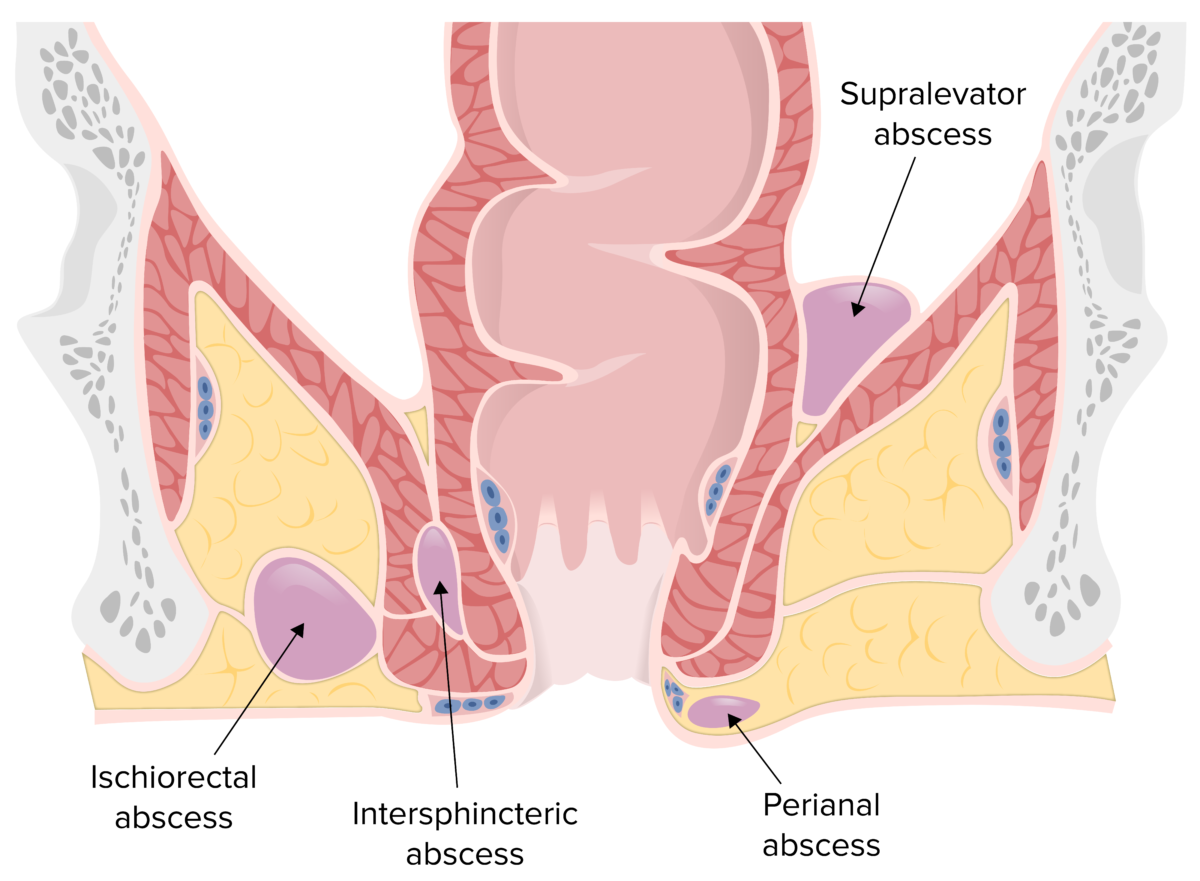
Epidemiology and Etiology Epidemiology[2,4,5] Etiology[1–5] Anal glands, found in the intersphincteric plane, drain into crypts found along the circumference of the dentate/pectinate line. Infection of an obstructed glandular crypt may occur due to: Common bacteria: Risk factors[1–5] Classification and Pathophysiology Classification[2,3,8] The classification of anorectal abscesses is based on their location. Pathophysiology[1–3] Clinical Presentation and […]
Gitelman Syndrome (Clinical)
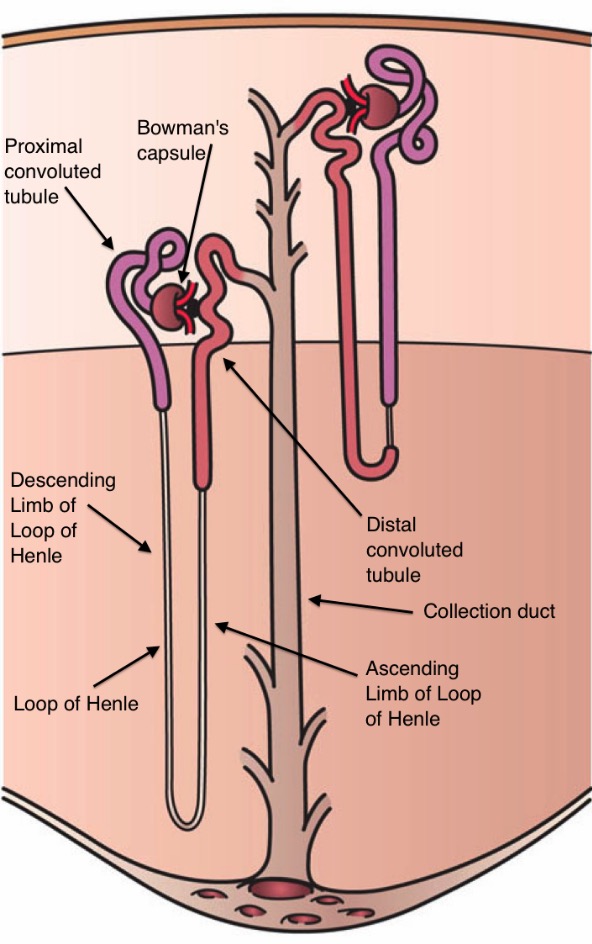
Overview Definition[1–3] Gitelman syndrome (GS) is a rare genetic autosomal recessive disorder that affects the thiazide-sensitive Na+–Cl– cotransporter (NCC) in the distal convoluted tubule (DCT), leading to a salt-wasting tubulopathy. Epidemiology[1,3] Etiology[1–3] Pathophysiology Normal physiology in the DCT[3] The DCT is the smallest portion of the duct system in a nephron. It measures about 5 mm […]
Condylomata Acuminata (Genital Warts) (Clinical)
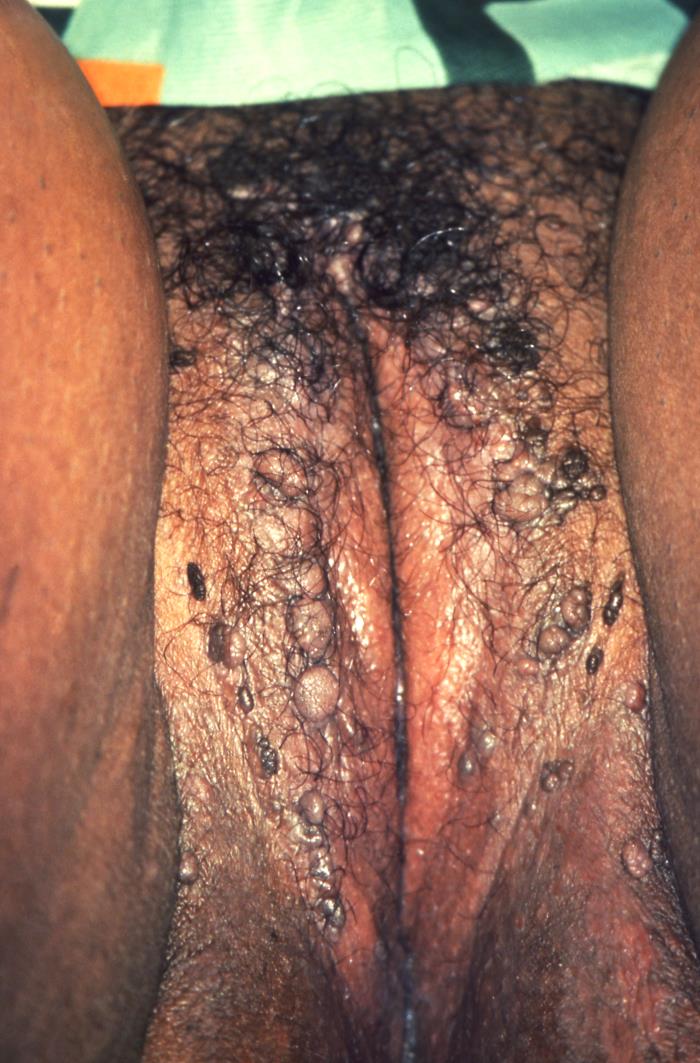
Overview Epidemiology[1–4,6] Etiology[1–5,11] Condylomata acuminata are specifically lesions created by HPV. Pathophysiology[3,4,7,12] Infection to resolution: Histopathology[4] Clinical Presentation Patients are often asymptomatic, presenting only for the appearance of lesions. The diagnosis of HPV may cause significant psychosocial distress, given the associated stigma. Lesion characteristics[2,3] Location[2–4] Diagnosis Diagnosis Diagnostic recommendations may vary depending on practice location. […]
Tumor Lysis Syndrome (Clinical)

Overview Epidemiology[1,2] National incidence reports are hampered by a lack of standard criteria for diagnosis. Etiology[1,5,11,13] Tumor lysis syndrome results from massive tumor death and is primarily associated with the following hematologic malignancies: Risk factors[1,3,5,13] Malignancy characteristics: Concurrent conditions: Pathophysiology[1–3,5,11,13] Tumor lysis syndrome occurs secondary to the chemotherapeutic treatment of malignancies, resulting in massive cell […]
Antiphospholipid Syndrome (Clinical)
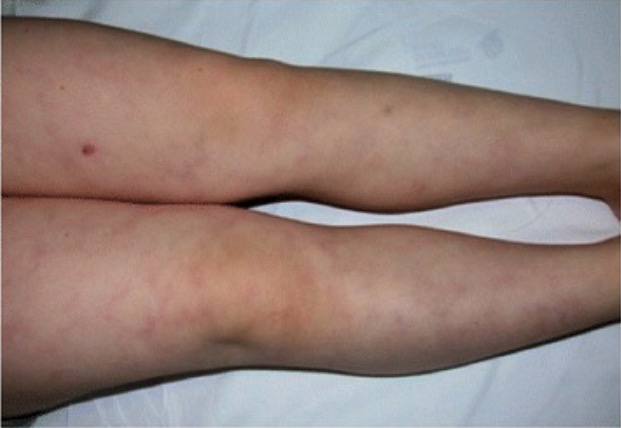
Overview Definition[1,10,7] Antiphospholipid syndrome (APS) is an autoimmune phenomenon that presents with thrombotic events and/or adverse pregnancy outcomes related to the presence of persistent antiphospholipid antibodies (aPL), which produce a hypercoagulable state. Epidemiology[7,10,13–15] In the United States: Classification[7,10,15] Patients with APS are classified based on their clinical manifestations. Table: Classification of APS Classification Patients present […]
Epidural Hemorrhage (Clinical)
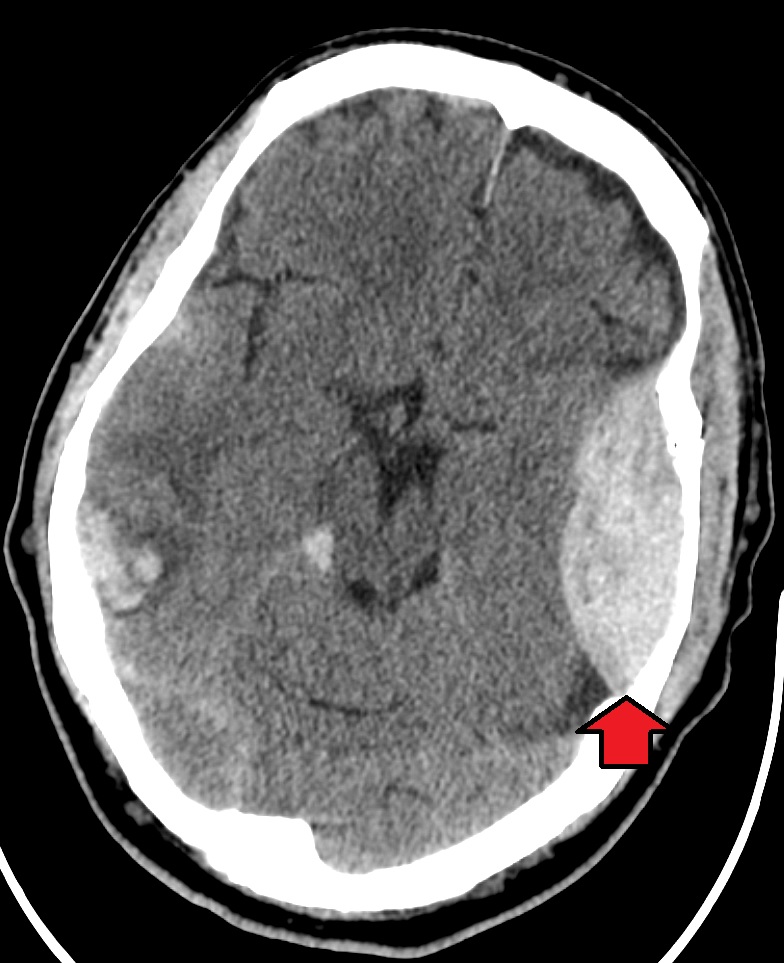
Overview Definition Epidural hemorrhage or hematoma (EDH) is an event characterized by bleeding into the epidural space between the dural layer of the meninges and the skull. Epidural hemorrhage usually results from trauma. Epidemiology[1–3] Etiology[1–3] Head trauma/injury: Nontraumatic EDH: Pathophysiology Vascular injury[1,2] Hematoma expansion[1–3] Clinical Presentation Head trauma is the most common etiology of EDH. […]
Herpes Zoster (Shingles) (Clinical)
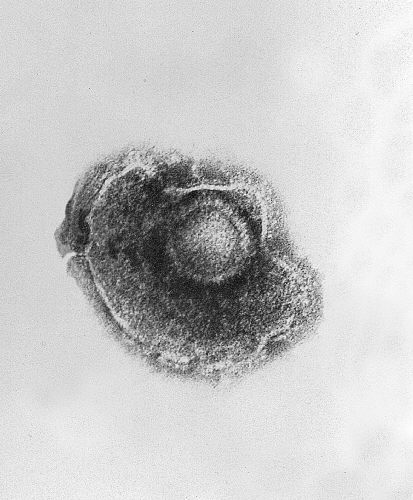
Overview Definition[1,6,8] Herpes zoster (also known as shingles) is a viral, reactivation infection caused by the varicella-zoster virus (VZV) manifesting as a unilateral, dermatomal, painful, vesicular eruption. Epidemiology[5,6,8] Etiology[8] Causative organism: VZV Transmission: Risk factors[1,5,6] Pathophysiology[1] Varicella-zoster virus causes 2 distinct syndromes: Primary infection (chickenpox): Secondary infection (shingles): Clinical Presentation and Complications Common presentation[6,9] Acute […]